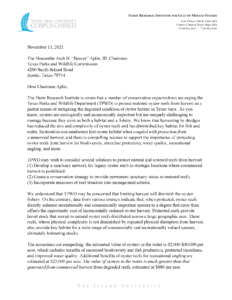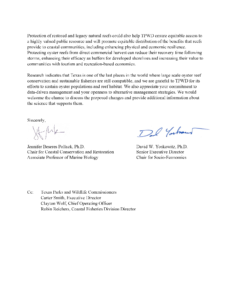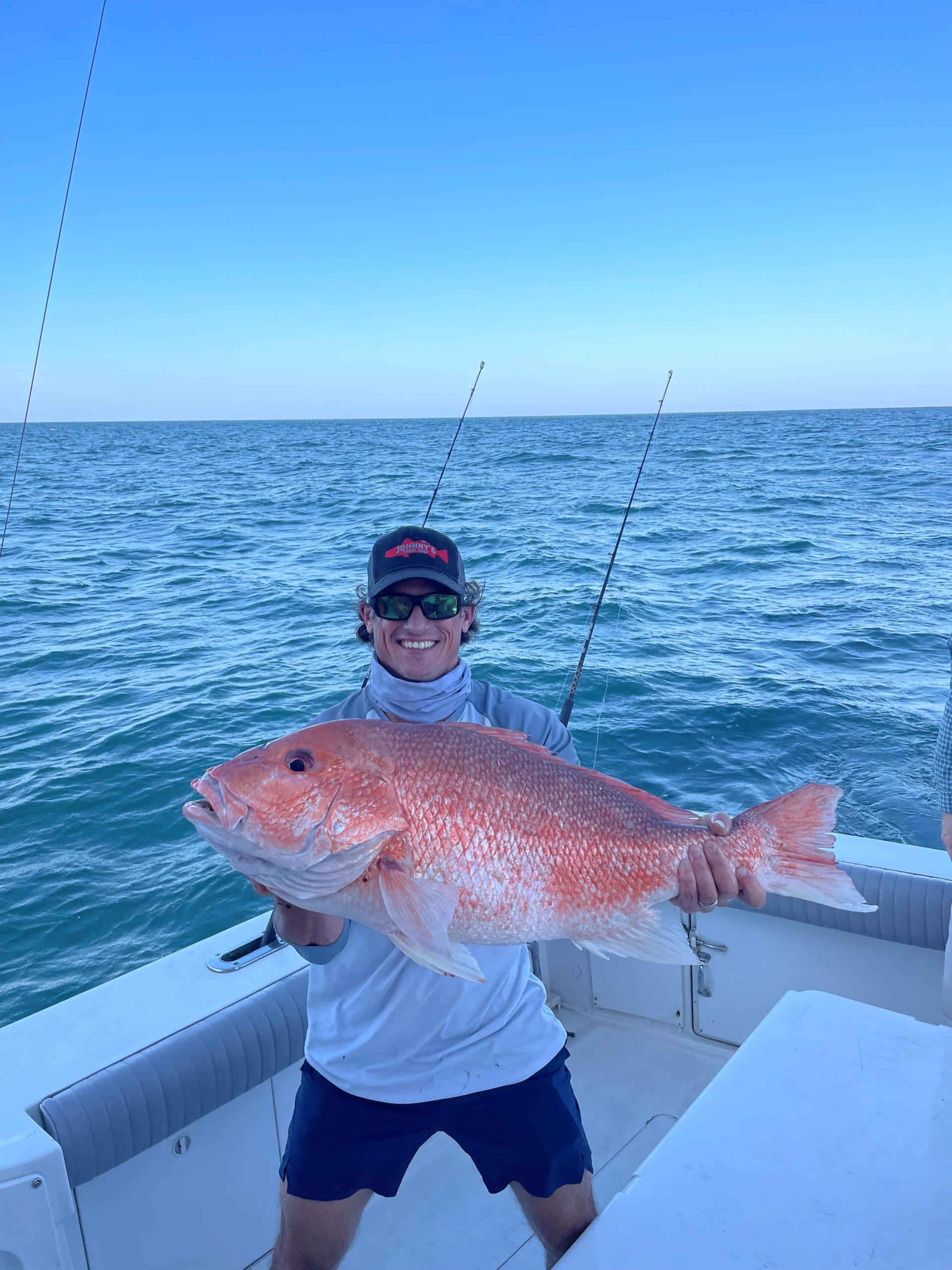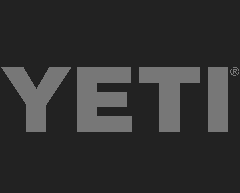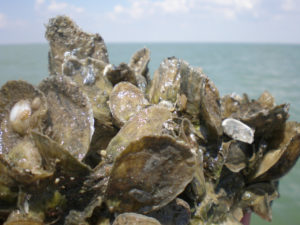
Photo Courtesy of Texas A&M University-Corpus Christi
CCA Texas, FlatsWorthy and numerous committed conservation groups took an important first step in addressing critical concerns with the continued decline of public oyster reefs in a letter to the Texas Parks and Wildlife Commission.
The letter is the beginning of a broader and crucial dialogue necessary to:
- Prioritize the STRUCTURAL value of reefs
- Prioritize the ECOLOGICAL value of reefs
- Provide opportunities to SAFEGUARD more reef systems
- Provide opportunities to CREATE more reef systems
Taking action will ultimately lead to a healthier oyster fishery.
_____________________________
Here is our full letter:
_____________________________
November 11, 2021
The Honorable Arch H. “Beaver” Aplin, III, Chairman
Texas Parks and Wildlife Commission
4200 Smith School Road
Austin, Texas 78744
Dear Chairman Aplin,
There is shared concern by the undersigned organizations for the condition of public oyster reefs along the Texas Coast. Having personally witnessed excessive loss of reefs in Galveston Bay, Matagorda Bay, San Antonio Bay, Mesquite Bay, Carlos Bay, Aransas Bay and Copano Bay, our groups can attest that previously wadable reefs are now inaccessible. Reefs that once offered sanctuary for shore birds no longer breach the water’s surface. Additionally, reefs that used to protect shorelines from erosion are no longer high enough to absorb wave energy across the bays. Numerous personal accounts and scientific justification for oyster reef ecological value have warranted a closer examination and perhaps alternate management strategies for this fishery.
We strongly encourage Texas Parks and Wildlife Department (TPWD) to recognize the ecological and structural value of public reefs and consider establishing management criteria which is congruent with oyster reef ecology and morphology. In doing so, we ask TPWD to consider incorporating metrics for reef depth and vertical relief in harvest status of public reefs. We also ask TPWD to consider identifying a network of living reefs in multiple bays systems that can be permanently prohibited from commercial harvest, serving as sanctuary reefs for their respective bay systems. There is undeniable scientific justification for designating sanctuary oyster reefs for the services they provide, including, but not limited to, being a seed source for adjacent reefs, serving as habitat for hundreds of aquatic species, providing recreational fishing opportunities and offering other numerous ecosystem services with ecological benefits far greater than the harvest value. Furthermore, these structures are critical in determining current, acting as baffles slowing water surges and stemming shoreline erosion.
Understanding that numerous public reefs have already been dredged to the point where there is no longer suitable substrate to recruit newly settled oyster spat, we believe now is an appropriate time for TPWD to consider developing a dual track lease program – one for purposes of restoration (conservation leases) and one for purposes of commercial operations (commercial lease), both of which could be designated under TPWD’s authority in Chapter 76 (certificate of location). As identified by TPWD in previous discussions, there are over 20,000 acres of suitable bay bottom across bay systems from Sabine Lake to Aransas Bay for lease development. The creation of a conservation lease program will allow NGOs, universities, non-profits, and others to invest in restoration activities in bay systems adjacent to public reefs with the assurance that their investments will be permanently protected from commercial harvest and the newly developed reefs reach their ecological potential. Development of the commercial lease program (i.e., expansion of the existing certificate of location) would allow commercial operations to invest their resources (shucked oyster shell or suitable cultch) into areas where they have exclusive harvest authority. Akin to terrestrial farming, oyster operators work their leases to ensure a successful crop and employ sustainable practices that promote successful recruitment year after year. When examining these behaviors, compared to harvest practices on the public reef system by commercial fishermen, the contrast in attitudes towards oyster resources is clear.
We appreciate TPWD’s efforts to manage our public oyster reefs and the Texas Parks and Wildlife Commission’s (TPWC) actions to ensure the health and prosperity of Texas oyster resources for current and future generations. The fact that our state is one of the last public reef system strongholds is a testament to prior actions taken by the TPWC. While our current system isn’t perfect, it has afforded us time to incorporate refined metrics into existing management strategies and provided us with a unique opportunity to expand oyster reef systems through protection, restoration and leases.
Thank you for your consideration of these alternate management strategies. We remain committed to working with TPWD, coastal stakeholders and commercial oyster operators to ensure that we have a sustainable fishery for generations to come.
Respectfully,
Coastal Conservation Association
FlatsWorthy
Galveston Bay Foundation
Matagorda Bay Foundation
San Antonio Bay Partnership
International Crane Foundation
Western Photography Company
Texas Foundation for Conservation
Backcountry Hunters and Anglers – Texas Chapter
Saltwater Fisheries Enhancement Association
Texas Association of Bass Clubs
San Antonio Metropolitan League of Bass Clubs
Texas Black Bass Unlimited
Safari Club International – Houston Chapter
National Wild Turkey Foundation
Palacios Marine Agriculture Organization
Lone Star Bowhunters Association
Additional Resources
Conserving Oyster Reefs One-Pager by the Harte Research Institute
Harte Research Institute Letter to the Texas Parks and Wildlife Commission
